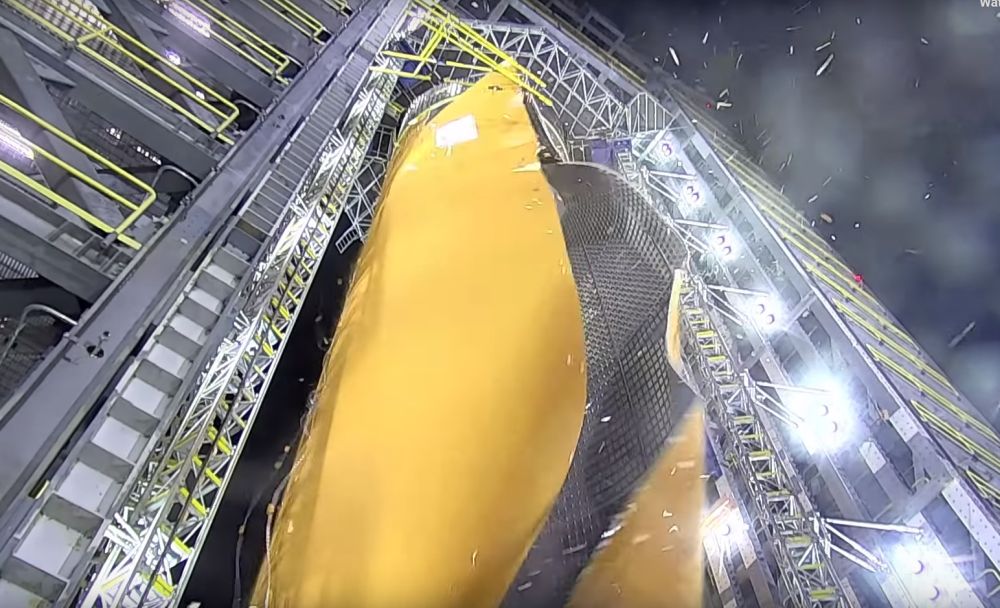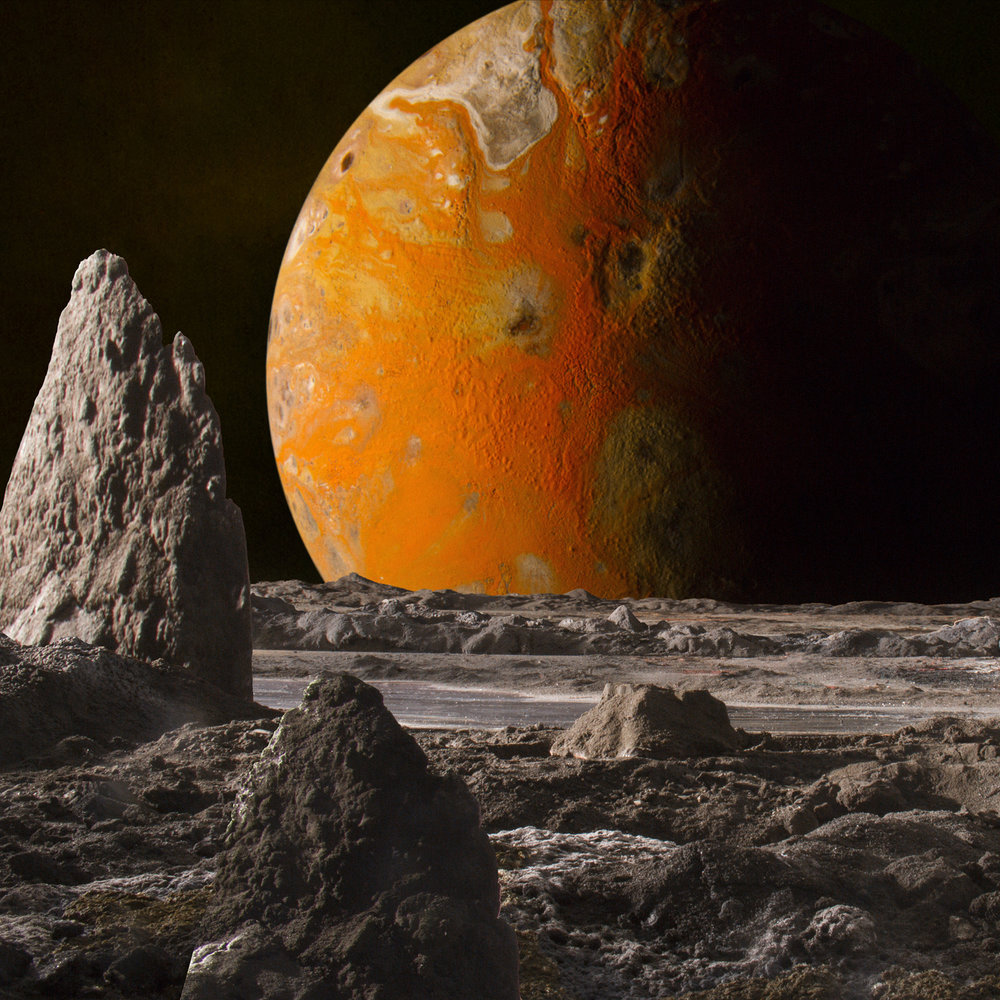NASA has chosen the sampling site for its OSIRIS-REx spacecraft. After narrowing it down to four potential sites and examining them in detail, they’ve settled on one location. Their choice? Nightingale.
Continue reading “The Site Has Been Chosen! Here’s Where OSIRIS-REx is Going To Take a Sample from Bennu”North and South America, At Night
Along with all of their space-exploration, planet-hunting, and astronomy-based endeavours, NASA also keeps a very keen eye on Earth. In fact, they have 18 satellites whose job it is to look only at Earth. And those 18 advanced satellites are helping us understand Earth in unprecedented scientific detail.
And they take pretty pictures, too.
Continue reading “North and South America, At Night”Watch NASA Test an SLS Tank to Destruction
By the time a rocket actually launches, it’s components have been through a ton of rigorous testing. That’s certainly true of NASA’s SLS (Space Launch System) which is the most powerful rocket ever built. That’s right, something is finally going to surpass the Saturn V, the rocket that took Apollo astronauts to the Moon.
Continue reading “Watch NASA Test an SLS Tank to Destruction”Dark Matter Could Be A Source of Gamma Rays Coming from the Center of the Milky Way
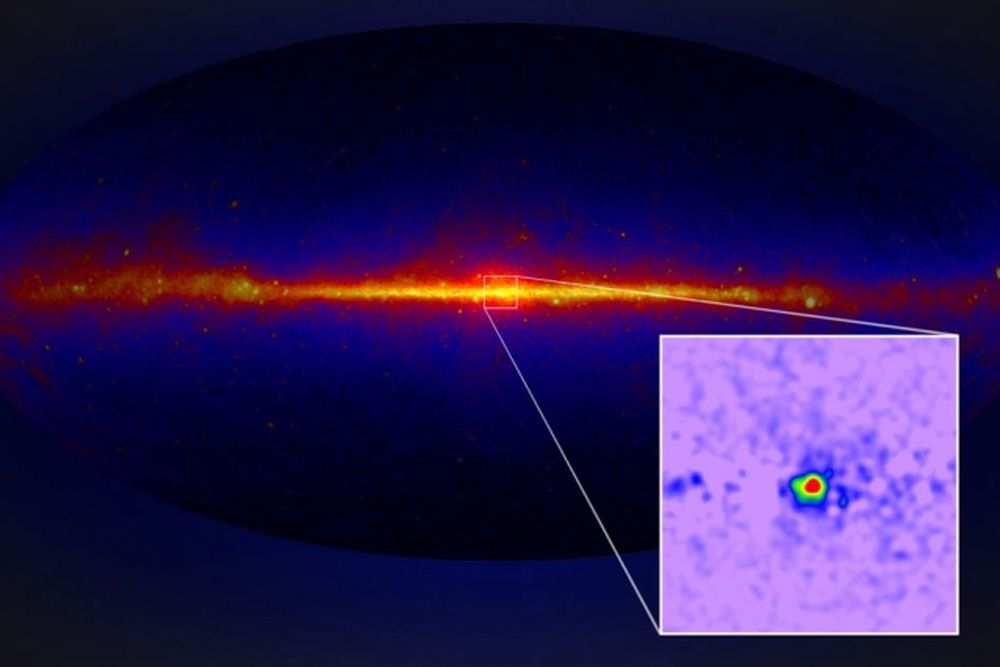
There’s a lot of mysterious goings-on at the center of the Milky Way. The supermassive black hole that resides there is chief among them. But there’s another intriguing puzzle there: an unexpected spherical region of intense gamma ray emissions.
A new study suggests that dark matter could be behind those emissions.
Continue reading “Dark Matter Could Be A Source of Gamma Rays Coming from the Center of the Milky Way”How Spiral Galaxies Get Their Shape
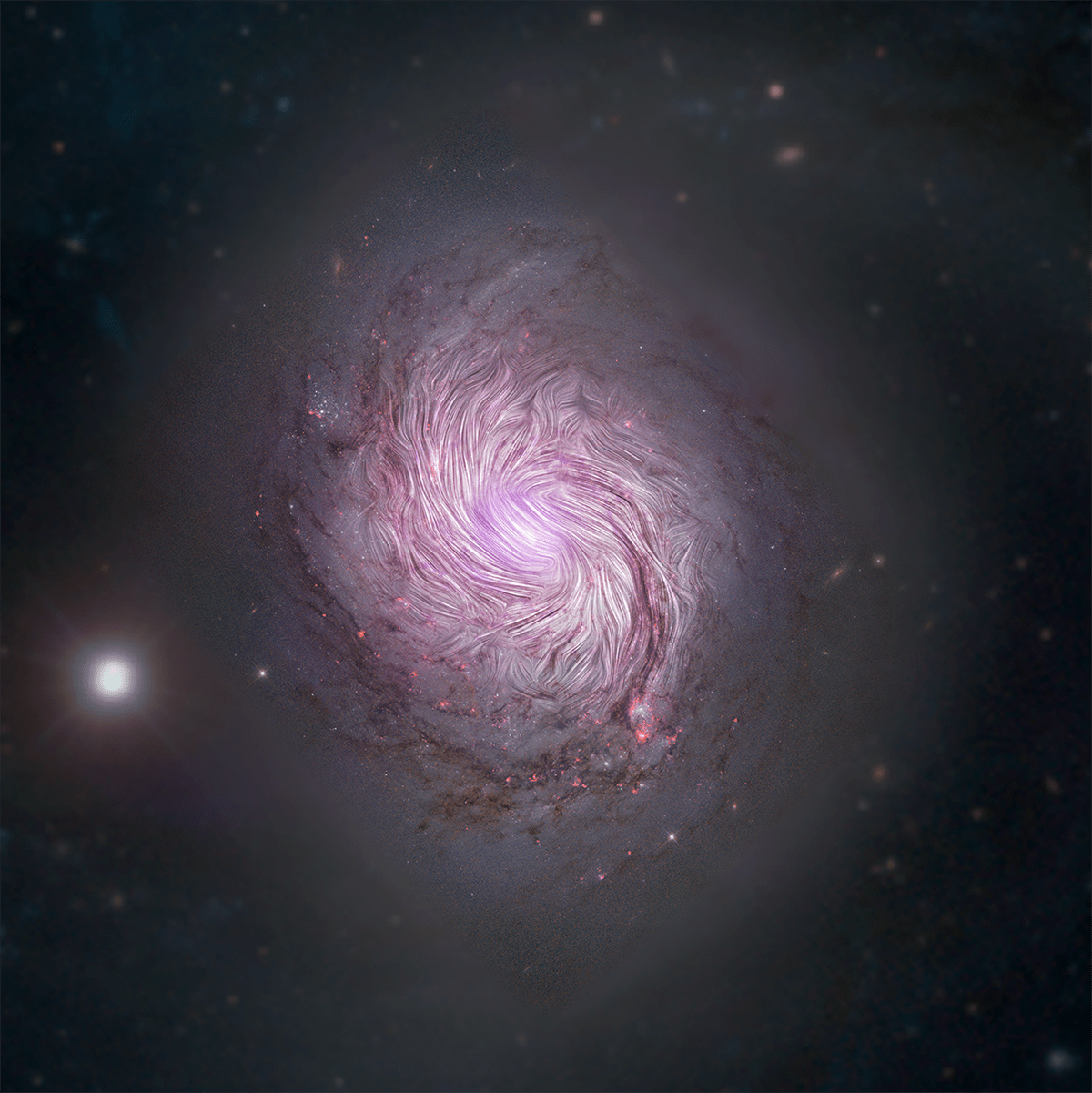
Spiral galaxies are an iconic form. They’re used in product logos and all sorts of other places. We even live in one. And though it may seem kind of obvious how they get their shape, by rotating, that’s not the case.
Continue reading “How Spiral Galaxies Get Their Shape”Wow, Meade Instruments Just Filed for Bankruptcy Protection
Meade Instruments, a company familiar to any backyard astronomer who’s drooled over their telescopes, has filed for bankruptcy. The company has fallen on hard times in recent years, as they’ve faced increasing competition. Meade also recently lost a lawsuit, which pushed them over the edge into bankruptcy.
The company is based in Irvine, California, and was founded in 1972. They started out selling small refracting telescopes. They expanded into Newtonian reflectors and Schmidt-Cassegrain telescopes over the years. Now, they sell telescope models worth upwards of $10,000.
Continue reading “Wow, Meade Instruments Just Filed for Bankruptcy Protection”We Know We’re Made of Stardust. But Did it Come From Red Giants?
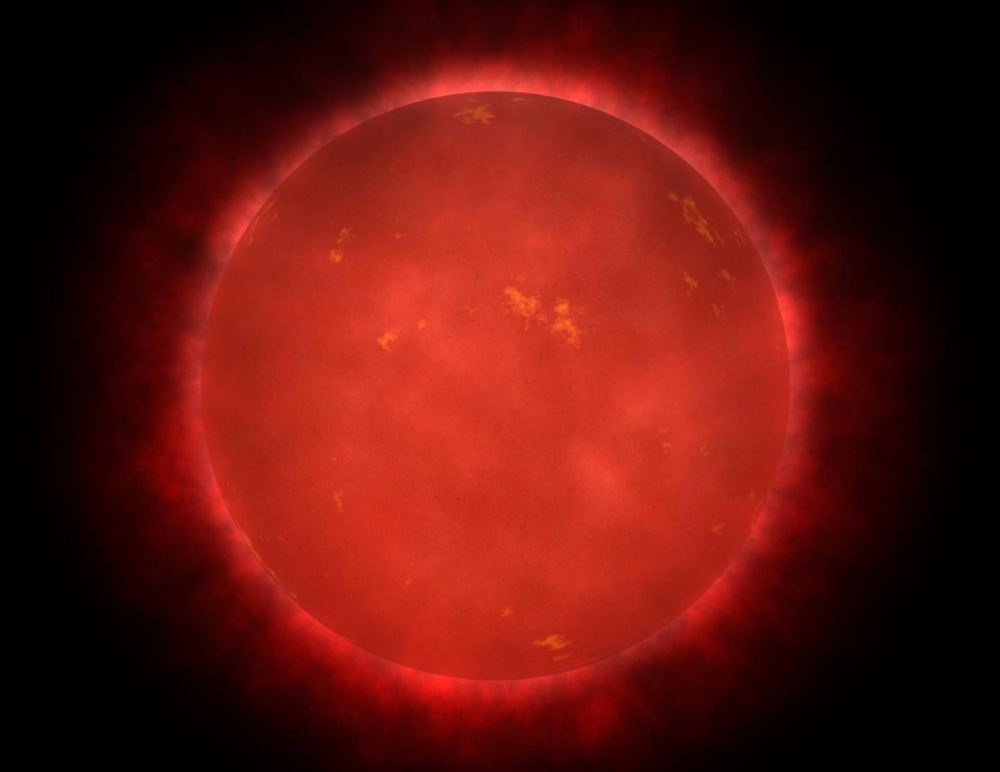
We’ve all heard this one: when you drink a glass of water, that water has already been through a bunch of other people’s digestive tracts. Maybe Attila the Hun’s or Vlad the Impaler’s; maybe even a Tyrannosaurus Rex’s.
Well, the same thing is true of stars and matter. All the matter we see around us here on Earth, even our own bodies, has gone through at least one cycle of stellar birth and death, maybe more. But which type of star?
That’s what a team of researchers at ETH Zurich (Ecole polytechnique federale de Zurich) wanted to know.
Continue reading “We Know We’re Made of Stardust. But Did it Come From Red Giants?”This is the Milky Way’s Magnetic Field
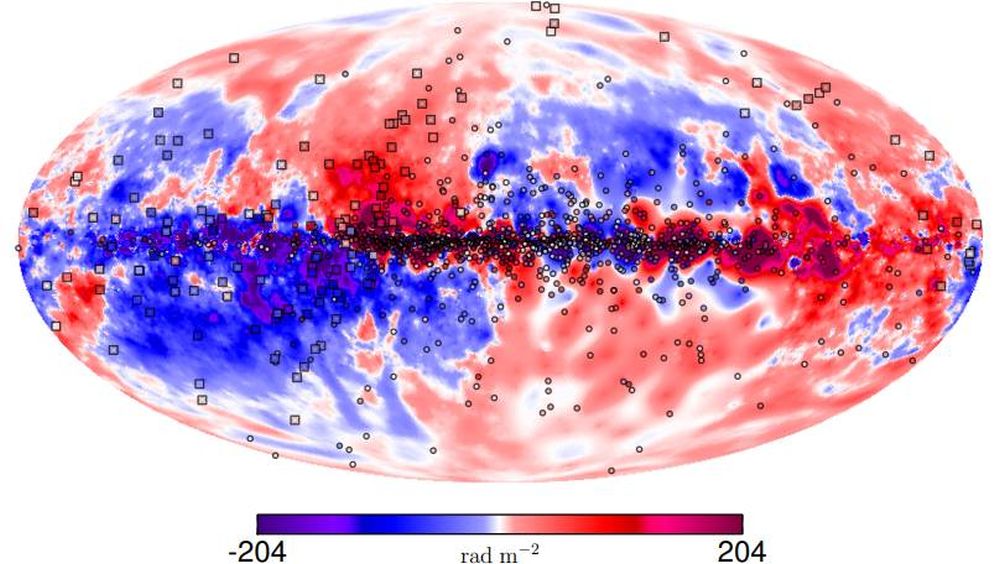
The Milky Way galaxy has its own magnetic field. It’s extremely weak compared to Earth’s; thousands of times weaker, in fact. But astronomers want to know more about it because of what it can tell us about star formation, cosmic rays, and a host of other astrophysical processes.
Continue reading “This is the Milky Way’s Magnetic Field”NASA’s TESS Watched an Outburst from Comet 46P/Wirtanen
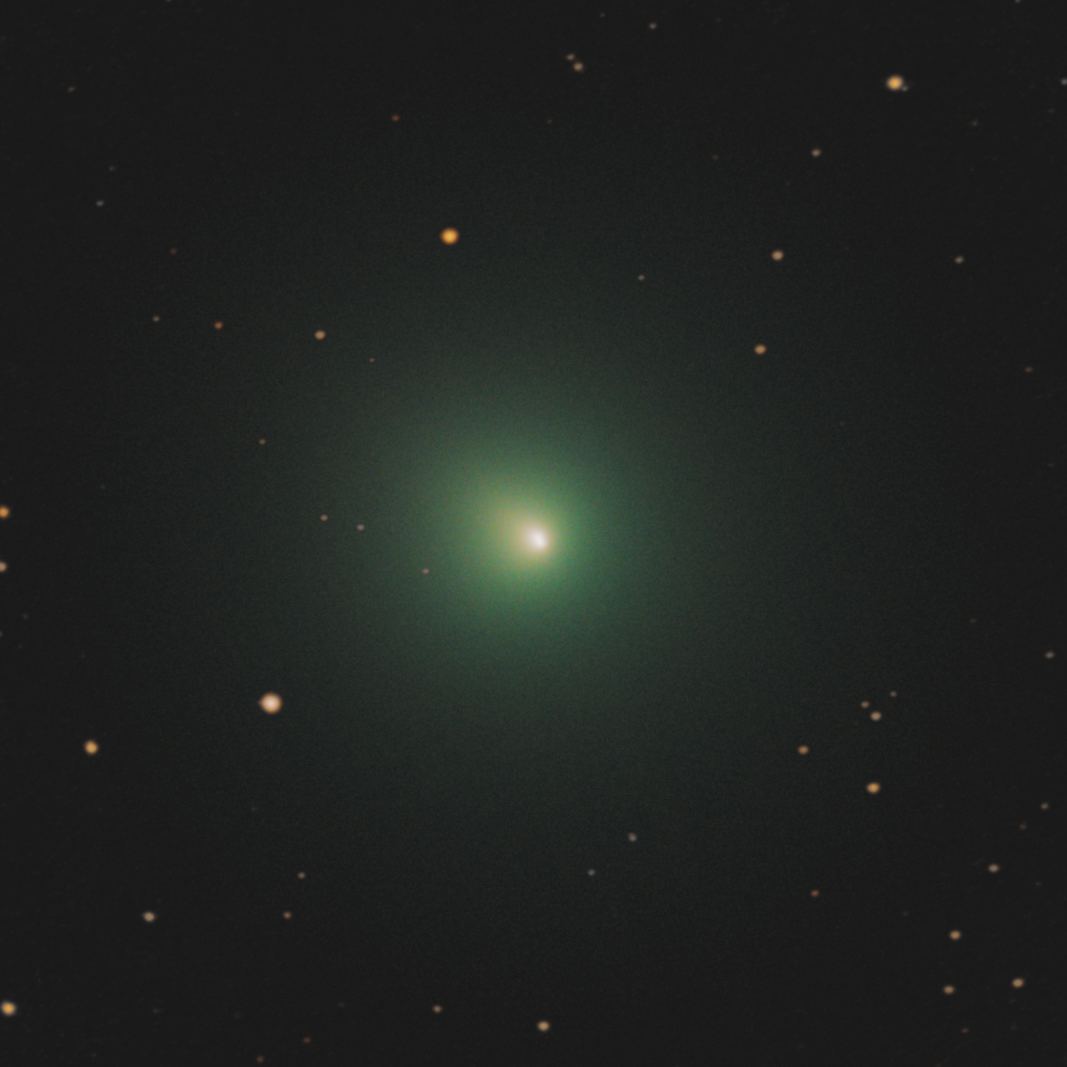
TESS, the Transiting Exoplanet Survey Satellite, has imaged an outburst from the comet 46P/Wirtanen. It caught the outburst in what NASA is calling the clearest images yet of a comet outburst from start to finish. A comet outburst is a significant but temporary increase in the comet’s activity, outside of the normal sunlight-driven vaporization of ices that creates a comet’s coma and tail.
Astronomers aren’t certain what causes them, but a new study based on this observation is shedding some light on them.
Continue reading “NASA’s TESS Watched an Outburst from Comet 46P/Wirtanen”These Incredible Images of Alien Worlds are Actually Miniatures
Have you heard of Adam Makarenko? No?
Adam is an artist who makes physical models of exoplanets then creates elaborate photo shoots of them. Adam is our new favorite Instagram feed at Universe Today, and he even took over the UT Instagram feed recently.
Continue reading “These Incredible Images of Alien Worlds are Actually Miniatures”


